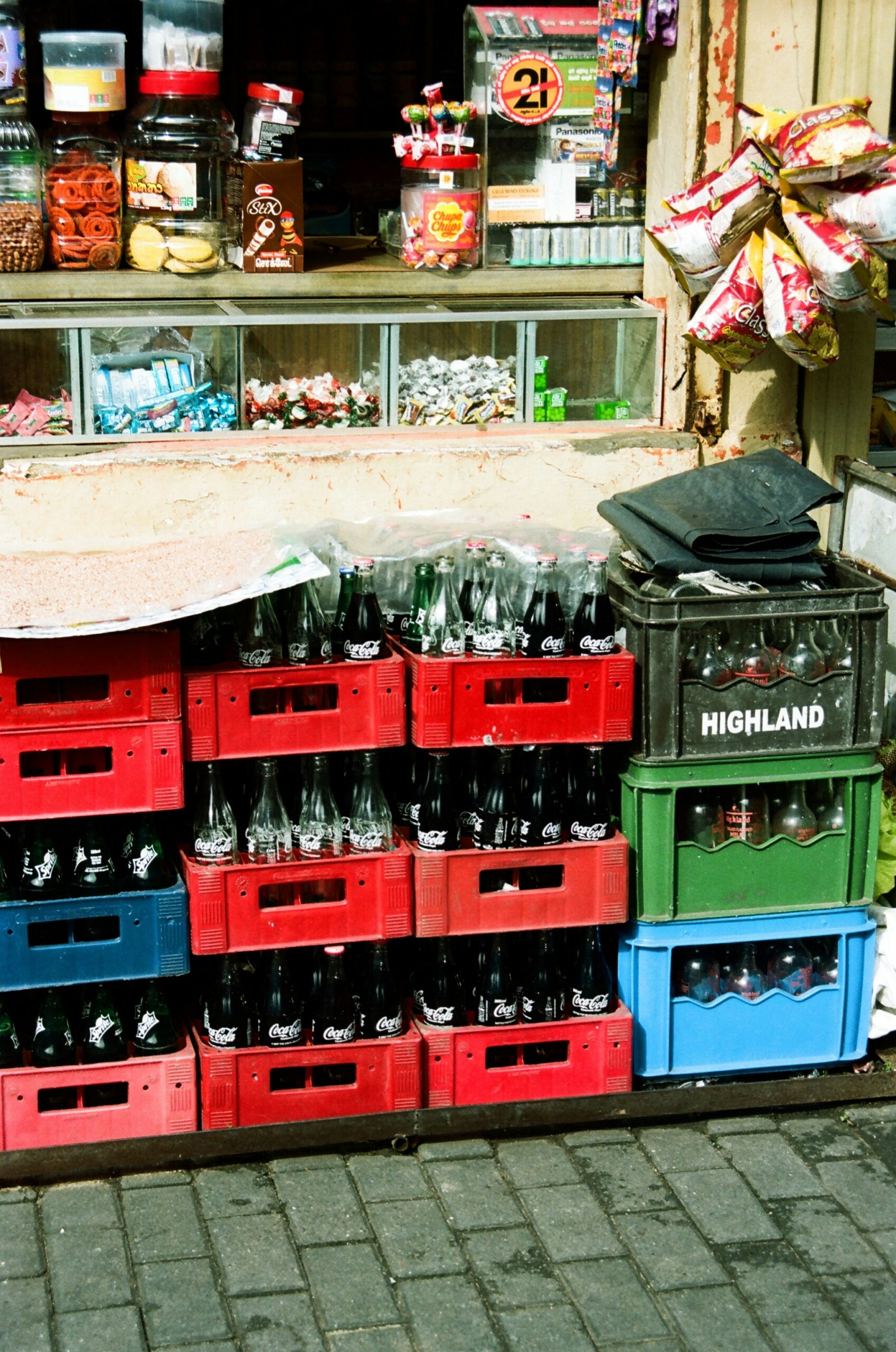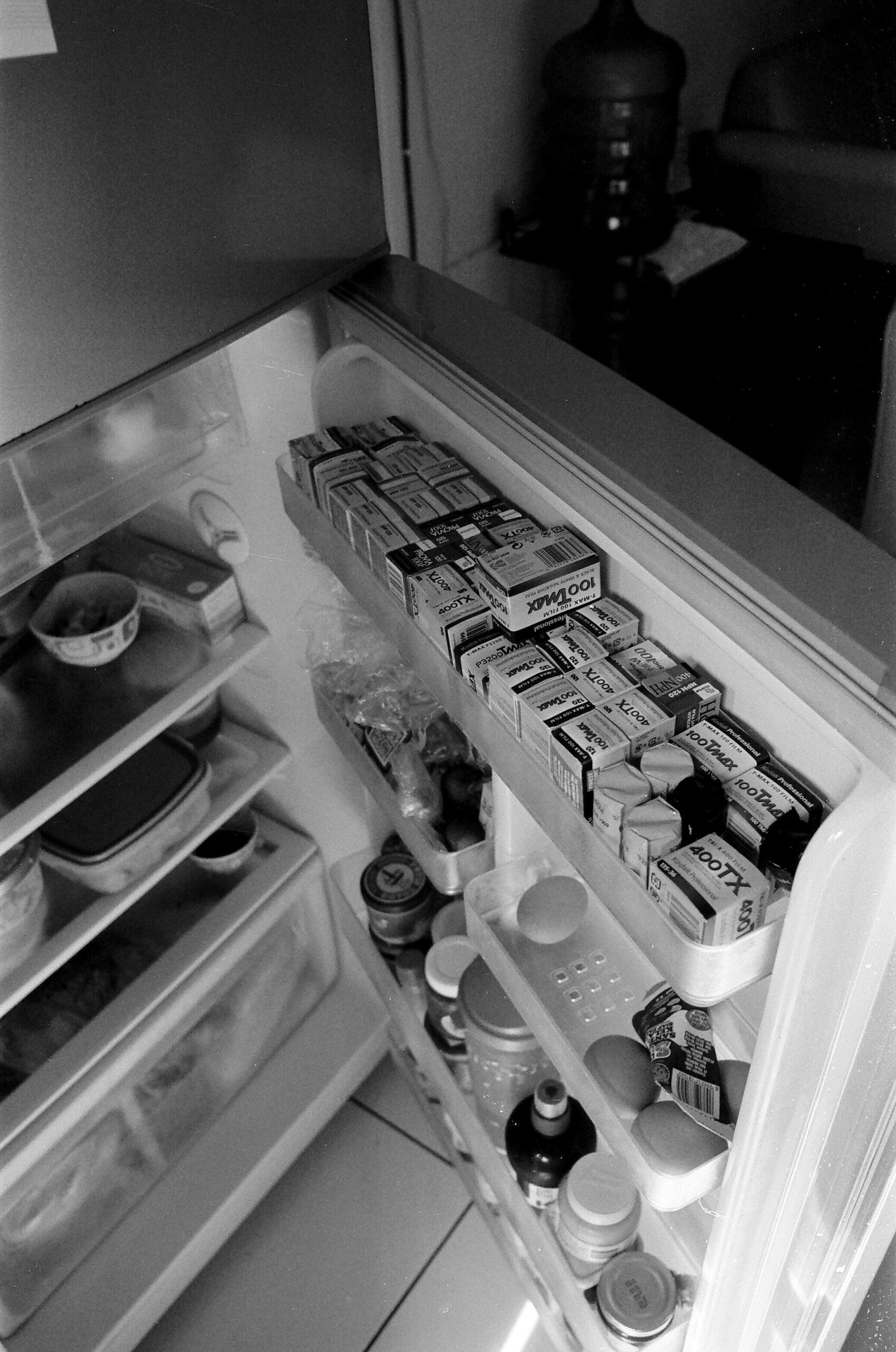Can you find a good spot to store emergency food in your home, perhaps in your crawl space or under the house? It’s a question that might not have crossed your mind before, but in today’s world, being prepared is essential. Understanding the best practices for food storage can make a significant difference in preserving both the quality and longevity of your emergency supplies.
The Importance of Proper Food Storage
Storing food correctly isn’t just about keeping it from spoiling—it’s about ensuring you have a safe, reliable food source in times of need. Whether it’s for a natural disaster or unexpected life events, having an emergency food supply can give you peace of mind. Good storage practices make the difference between food that lasts for months or even years, and food that spoils quickly and becomes inedible.
The Risks of Improper Storage
Before deciding where to keep your emergency food supplies, it’s crucial to understand the risks associated with improper storage. Moisture, pests, temperature fluctuations, and even certain chemical exposures can all degrade food quality. Over time, these factors can lead to spoilage, rendering your emergency supplies unusable when you need them most.

Understanding Your Crawl Space or Under-House Area
Before moving your emergency food stores to an under-the-house location, assess the environment. Each home is unique, and your house’s crawl space comes with specific characteristics that need evaluation.
Temperature Concerns
Crawl spaces often experience extreme temperature fluctuations. During summer, it can become excessively hot, and conversely, during winter, it can get too cold. Food stored in these conditions without proper temperature control may spoil faster than expected.
Humidity and Moisture
Humidity is another concern. Crawl spaces typically have higher humidity levels because they’re closer to the ground, where water can seep through from rain or groundwater. Moist conditions encourage the growth of mold and bacteria, both of which can contaminate your food.
Pest Infestation
Crawl spaces can become gateways for pests like rodents and insects. These pests can become a genuine threat, not just through consumption of your food stores but even by contaminating them. It’s best to consider this factor seriously when deciding if under-the-house storage is suitable for your emergency foods.
Accessibility Issues
When you store food in hard-to-reach areas, accessing it in an emergency can be bothersome or even impossible. Ease of access is vital when choosing any storage location, as you want to ensure that in urgent situations, you can promptly retrieve what you need without obstacles.

How to Make Crawl Space Storage Work
If you’ve considered the risks and want to proceed with using your crawl space, there are strategies you can implement to mitigate some of these risks. Proper planning and thoughtful execution can make crawl space storage a feasible option.
Insulating the Space
Adding insulation to your crawl space can help regulate the temperature. Proper insulation can reduce temperature fluctuations and help maintain the right climate necessary for food preservation. Make sure to choose materials that resist mold and mildew to prevent additional issues.
Using Moisture Barriers
Installing a moisture barrier, like heavy plastic sheeting, can help reduce the problem of high humidity levels. This barrier will help to prevent ground moisture from permeating into the space, thus protecting your food from water damage.
Sealing Entry Points
Identify and seal any entry points for pests. This can be done using a combination of wire mesh and weatherproof sealant to close gaps where insects and rodents might enter. Ensuring your crawl space is pest-proof is critical in preserving your emergency foods.
Organizational Solutions
Using sturdy shelving units can help elevate your food off the ground, protecting it from moisture and allowing greater air circulation around the containers. Choose shelving made of materials resistant to rust and decay, such as quality plastics or treated metals.
Regular Monitoring and Maintenance
Regularly checking your stored supplies is essential to ensure everything is in good condition. Making a habit of conducting monthly inspections for signs of moisture, pest activity, or spoilage will allow you to address any issues promptly. Taking inventory and rotating supplies every few months ensures that you can eat the older items before they reach their expiry date.

Alternative Storage Options
If, after consideration, the crawl space doesn’t seem ideal, there are alternative storage methods you might find more suitable.
Pantry Storage
A spot like a dedicated pantry offers better control over environmental factors. You can easily keep the temperature stable, reduce humidity, and guard against pests. It also allows direct integration with your current kitchen setup for easy rotation and management of food supplies.
Basement Storage
If your home has a basement, it could serve as an excellent alternative to a crawl space. With their underground nature, basements enjoy more stable temperatures and can be modified extensively to suit food storage needs, including controlled humidity and insulated shelving.
Storage Closets Dedicated to Emergency Supplies
Converting a closet into an emergency supply storage space is another way to ensure the safety of your reserves. With minor adjustments, such as adding shelves or investing in stackable bins, you can create an accessible, safe, and organized area to store your emergency food supplies.
Off-Site Storage
If in-home storage isn’t an option, renting a climate-controlled storage unit might be a worthwhile consideration. These facilities offer security, pest protection, and environmental control suited for long-term food storage.

Essential Tips for Any Food Storage Solution
No matter your chosen storage location, some key principles should guide your food storage endeavors.
Rotation System
Implement a system for rotating your food regularly. Ensure newer items go to the back, and older items are placed at the front to be used first. This “first in, first out” principle keeps your food fresh and reduces wastage.
Proper Packaging
Choosing the right packaging plays a vital role in preserving food quality. Use airtight containers to keep out moisture and pests, and vacuum-seal perishable items to extend their lifespan. Mason jars, mylar bags, and food-grade buckets with gamma seal lids are excellent choices for various food types.
Inventory Management
Keep a detailed inventory list of your emergency supplies. Track expiration dates, the number of items, and essential notes that might affect future use. Keeping this inventory up to date will make managing your stores more efficient and ensure nothing goes to waste.

Conclusion
Deciding whether to store emergency food in your crawl space or under the house involves weighing the pros and cons carefully. Although there are risks involved with this storage method, employing strategic solutions to mitigate them can make it viable. Yet, it’s equally important to explore alternative options to determine what best suits your particular needs and home environment. Whether it’s the crawl space or another solution, ensuring your emergency food storage remains safe, accessible, and intact should always be the priority. Rest well knowing that with thoughtful planning, you’ll be ready to face whatever challenges come your way.

